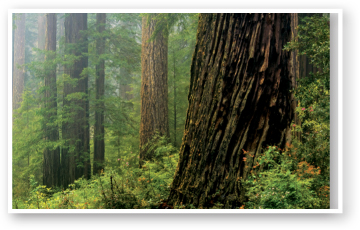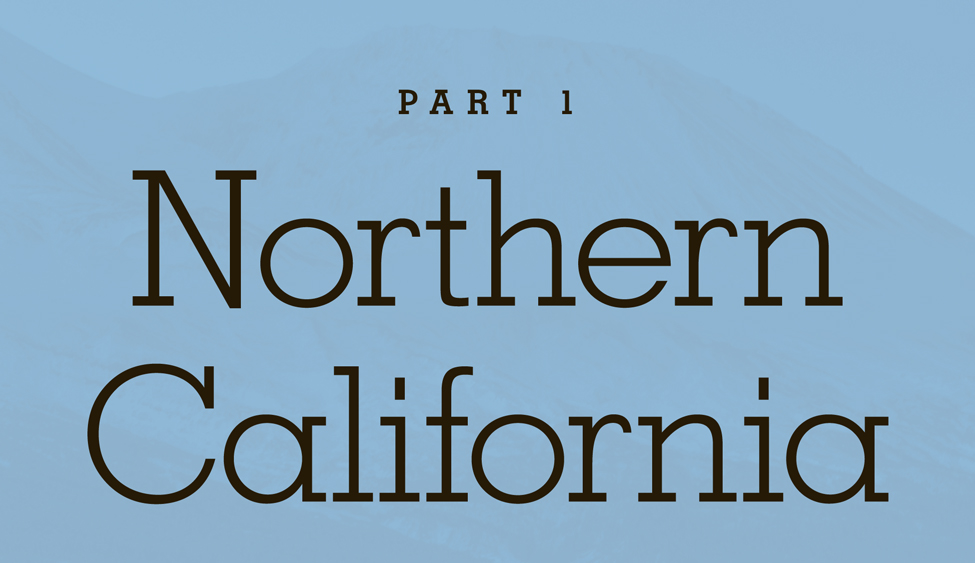GREETINGS
from
CALIFORNIA
LEGENDS, LANDMARKS & LORE OF
The Golden State
GARY CRABBE

First published in 2011 by Voyageur Press, an imprint of MBI Publishing Company, 400 First Avenue North, Suite 300, Minneapolis, MN 55401 USA
Copyright 2011 by Gary Crabbe
All rights reserved. With the exception of quoting brief passages for the purposes of review, no part of this publication may be reproduced without prior written permission from the Publisher.
The information in this book is true and complete to the best of our knowledge. All recommendations are made without any guarantee on the part of the author or Publisher, who also disclaims any liability incurred in connection with the use of this data or specific details.
We recognize, further, that some words, model names, and designations mentioned herein are the property of the trademark holder. We use them for identification purposes only. This is not an official publication.
Voyageur Press titles are also available at discounts in bulk quantity for industrial or sales-promotional use. For details write to Special Sales Manager at MBI Publishing Company, 400 First Avenue North, Suite 300, Minneapolis, MN 55401 USA.
To find out more about our books, visit us online at www.voyageurpress.com.
Digital edition: 978-1-61060-248-8
Softcover edition: 978-0-76033-728-8
Library of Congress Cataloging-in-Publication Data
Crabbe, Gary, 1964
Greetings from California : legends, landmarks & lore of the Golden State /
Gary Crabbe.
p. cm.
Includes index.
ISBN 978-0-7603-3728-8 (plc)
1. CaliforniaPictorial works. 2. CaliforniaHistoryPictorial works. I. Title.
F862.C716 2011
979.400222dc22
2010029451
Edited by Danielle Ibister
Design Manager: LeAnn Kuhlmann
Designed by Simon Larkin
Cover designed by Matthew Simmons
Layout by Cindy Samargia Laun
Printed in China
Right: Map of California gold region, 1851. Library of Congress
Frontispiece: Owens River Valley, Eastern Sierra.
Title page: Point Sur Lighthouse, Big Sur coast.
Table of contents, second from right: Badwater, 1907. U.S. Geological Survey

To my beloved wife, Connie; to my kids, Brandon and Alyssa; and to my mom, Gloria. Thank you for your love and support through my accident recovery and work on this book. I couldnt have done it without you. Mere words simply cannot express how thankful I am and how much you all mean to me.

Contents

PART 1
Northern California
PART 2
Bay Area
PART 3
Central Coast
PART 4
Central Valley
PART 5
Sierra Nevada
PART 6
Desert
PART 7
Southern California
Introduction

California state seal, circa 1855. National Oceanic and Atmospheric Administration
California. There are so many adjectives that could describe the state. From the rugged landscape and the diversity of flora and fauna to the ethnic mix of people, no word is better suited to describe California than opportunity. The lure of an abundant bounty echoes in the minds of its people and in many ways defines the state.
Although Native Americans inhabited the region for thousands of years, the Spanish were the first Europeans to settle into the area. Seeking to add new territorial colonies and dominion over new resources, the Spanish established a chain of more than twenty Franciscan missions. Spanish rule gave way to Mexican independence. In 1848, Mexico ceded control of the territory to the United States following the loss of the Mexican-American War. That same year, gold was discovered at Sutters Mill. It was literally a golden opportunity.
By 1849, the Gold Rush was in full swing, leading to an expansive westward migration of settlers from the East. A year later, on September 9, 1850, California was admitted to the Union, becoming the thirty-first state. In 1869, the First Transcontinental Railroad finally connected overland passage between California and the East Coast. Along with the Gold Rush and the railroad, the state was built on the backs of Chinese immigrant laborers.
Californias opportunities werent limited to gold. At the turn of the century, vast oilfields were discovered in Southern California, prompting a new wave of people seeking their fortunes. During the Dust Bowl and Great Depression of the 1930s, migrant workers believed their new chance in life lay in the farm fields of California. A generation after World War II, hippies and beatniks descended on San Francisco trying to establish a new, bohemian world order. Today, young people seeking fame and fortune in the entertainment industry flock to Hollywood, hoping to be discovered. The countless inventions that occurred in Silicon Valley in the computer and technology fields have radically changed the way the world works.
California has always been a place of immense natural beauty. Its challenges have been overcome by the hopes, aspirations, and dreams of people willing to work hard for a better life and better opportunities.
Morro Rock.

Wild rhododendron, Redwood National Park.
Many people say that California should be split into two states: Northern and Southern. Each seems to be endowed with its own distinct state of mind. They say when you enter Northern California, you are entering Gods country. It is both wild and bucolic. Graced by hallowed and natural cathedrals of coastal redwood forests and pierced with snowcapped volcanoes, the rugged landscape mirrors the fortitude and independence of the souls who live there, including the great mythical beast known as Bigfoot.
The northern part of the California is where the last of the nineteenth-century American Indian wars were fought. The region courses with the lifeblood carried by the Sacramento River. The rich forests continue to feed a vital logging industry, while the rich soil and mild climate have resulted in a world-famous wine country.












